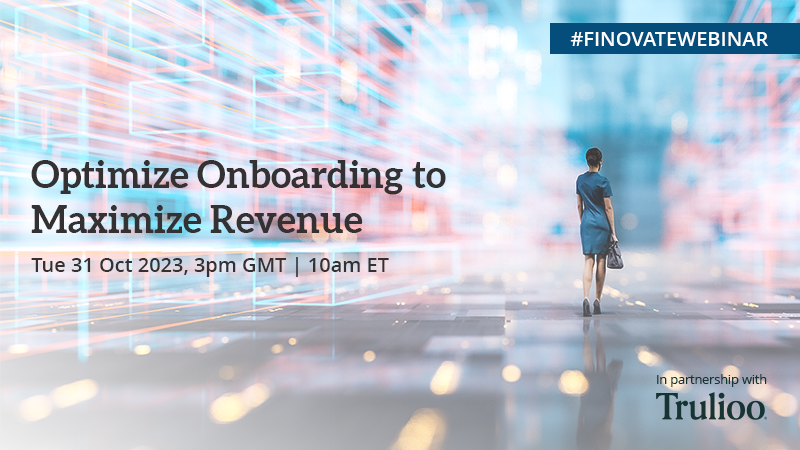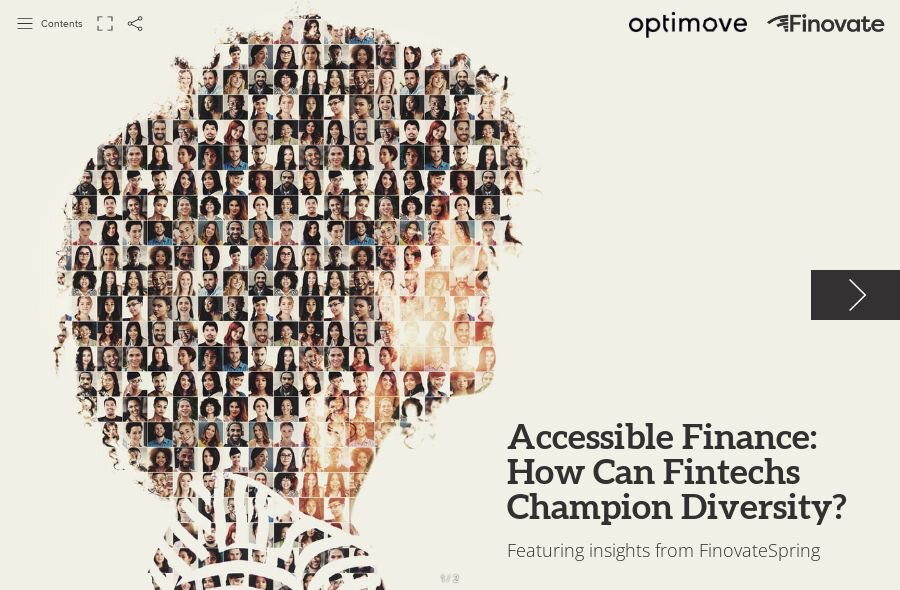
This is a sponsored blog post by Delaware Prosperity Partnership
A new Discover Bank fund aims to increase financial health throughout Delaware while enriching the state’s innovation ecosystem and enhancing Delaware’s reputation as a hub for banking and financial services.
The Discover Financial Health Improvement Fund will support startups and early-stage technology companies that are developing solutions to improve the financial well-being of low- and moderate-income residents, communities, and small businesses statewide. Discover Bank has made an initial capital commitment of $36 million to the Fund, which was announced in June and launches this month.
“We continually explore innovative ways to support our communities in which we operate, and the initial portfolio companies in the Discover Financial Health Improvement Fund have developed technologies that improve the financial health of people with modest means and provide tools to support small businesses growth,” said Matthew Parks, Vice President of Discover Bank. “It is our expectation that these technologies can both be profitable and beneficial to the community.”
By creating a framework to drive capital investments to fintech startups, the Fund ultimately seeks to ensure that affordable and relevant financial products and services are useful and accessible to unserved and underserved individuals and small businesses. Clients for these offerings include the unbanked and the underbanked and those with low credit scores, low savings rates and/or high borrowing costs.
The mission-driven initiative is a collaboration between Discover Bank, the Financial Health Network, ResilienceVC, and Delaware-based Chartline Capital. The Financial Health Network, a leading authority in its field, will help evaluate startups for their potential impact on financial-health improvement. ResilienceVC, a seed-stage domestically focused venture firm investing in embedded fintech startups, will manage Discover’s earlier-stage investments.
Venture capital firm Chartline Capital Partners was formed under the principle that entrepreneurship and venture capital can be leveraged to improve the world. The firm invests in high-growth business-to-business technology companies serving core industries after they have started scaling their go-to-market and helps founders and management teams accelerate growth. Chartline will manage Discover’s later-stage investments.
“Throughout time, new technologies have made people’s lives better,” said Ben duPont, Chartline co-founder and Managing Director. “Chartline is honored to partner with Discover to invest in companies leveraging new financial technologies to improve the lives of low- and moderate-income people, communities and small businesses.”
The Fund has a priority focus on investing in fintech startups that are willing to operate out of the new Financial Technology Building on the STAR Campus of the University of Delaware in Newark. Fund support will then seek to spread to companies that may be located throughout the mid-Atlantic region. Companies outside the region are still eligible for funding, but the venture must be focused on materially improving financial health for consumers and small businesses throughout the State of Delaware and/or the surrounding mid-Atlantic region. Any venture focused on improving financial health – regardless of its product or service’s delivery format or specific financial topic addressed – may apply for funding.
By boosting individual startups, the Discover Financial Health Improvement Fund also will bolster Delaware’s entrepreneurial ecosystem. According to Noah Olson, Director of Innovation at statewide economic development organization Delaware Prosperity Partnership, a legacy strength in financial services, coupled with a nurturing environment for business growth, makes Delaware a great place to grow a fintech company.
“Discover, a global company with a major footprint here in Delaware, is leading by example with this new fund,” Olson said. “Adding further investment resources to a growing startup ecosystem will be beneficial for the state, as well as for the portfolio companies who are focused on financial health improvement.”












